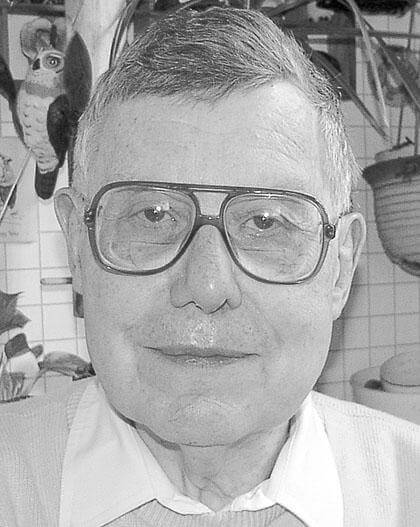By Kenneth Kowald
When I worked for the city Department of Air Pollution Control at 15 Park Row across from City Hall Park, I occasionally had lunch with Rosamund Trilling Low, a lawyer who had offices in the area. Roz lived with her husband and three sons in a corner house on 112th Street in the Old Forest Hills section, not far from Forest Hills High School.
Our favorite spot was a cafeteria on the north side of Park Place, between Broadway and Church Street. The food was good and inexpensive.
I was reminded of those days because of the plans to build an Islamic cultural center on Park Place, although I doubt the building we ate in is the one facing demolition to make way for the center.
I have never read the Quran — and I confess to not having read all of the Bible — but I was in a mosque once, about 20 or so years ago, when the New York Islamic Cultural Center opened at East 96th Street and Third Avenue. A newspaper report indicated that visitors were welcome at certain hours and on a lunch hour I rode the subway up Lexington Avenue and walked over to the center.
I do not remember meeting any officials, but someone welcomed me and asked me to enter the mosque itself once I had left my shoes outside the door. I believe I was alone in this quite remarkable, large, airy and beautiful space. I walked around for some time and was greatly impressed. I left, as I recall, without meeting anyone else.
I learned later that this was the first building erected as a mosque in New York City. If my memory serves, much of the funding for the center came from the Saudi Arabian government. The architects were Skidmore Owings & Merrill.
Today, that seems ironic because that is the firm which has designed the new No. 1 World Trade Center, formerly called the Freedom Tower, and which has built so many skyscrapers in the United States and throughout the world. The firm’s work — which will be the tallest building in the city — will greatly overshadow the planned 13-story Islamic cultural center a few blocks away.
The center will be open to all with shared space for community activities like a swimming pool, classrooms and children’s play space. There will be separate prayer spaces for Muslims, Christians and Jews and those of other faiths. A multi-faith memorial will honor those who died Sept. 11, 2001. It will be called the Cordoba House, after the Spanish city which was the birthplace of the philosopher Moses Maimonides.
But will the center ever be built?
Some who oppose the project say the location is “sacred ground,” but they have not defined what the extent of sacred ground is. The site, owned by the proposed developers since January 2009, is being used for religious services now. Must they stop? What about the Islamic services on Warren Street two blocks north? Must they stop? What about the Islamic services another 12 blocks north? Must they stop?
What are the boundaries of this “sacred ground”? South to the Battery and beyond? East to the East River and over to parts of Brooklyn and Queens? West to the New Jersey shore? North to Times Square and beyond?
Who is to mark the area where Muslims are permitted to pray?
If this is sacred ground, should the area include bars and liquor stores? How about the existing New York Dolls Gentlemen’s Club and the Pussycat Lounge, which can arrange lap dances in a private room? Do these enhance the sanctity of sacred ground? If they do, let the center’s opponents say so.
Some opponents want to know the source of funding for the center, which some reports indicate has raised the sum of $18,000 right now. The developers have pledged to “clearly identify all of our financial backers.”
Will those same opponents ask for the publication of funding sources for all houses of worship? If not, why not?
Next time: The manufactured controversy.




































